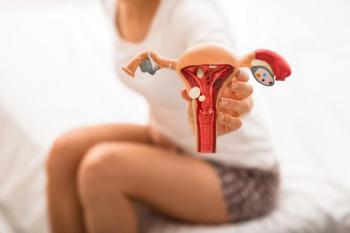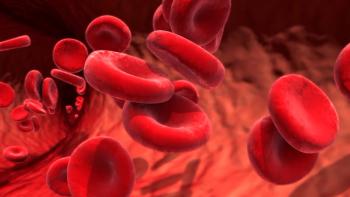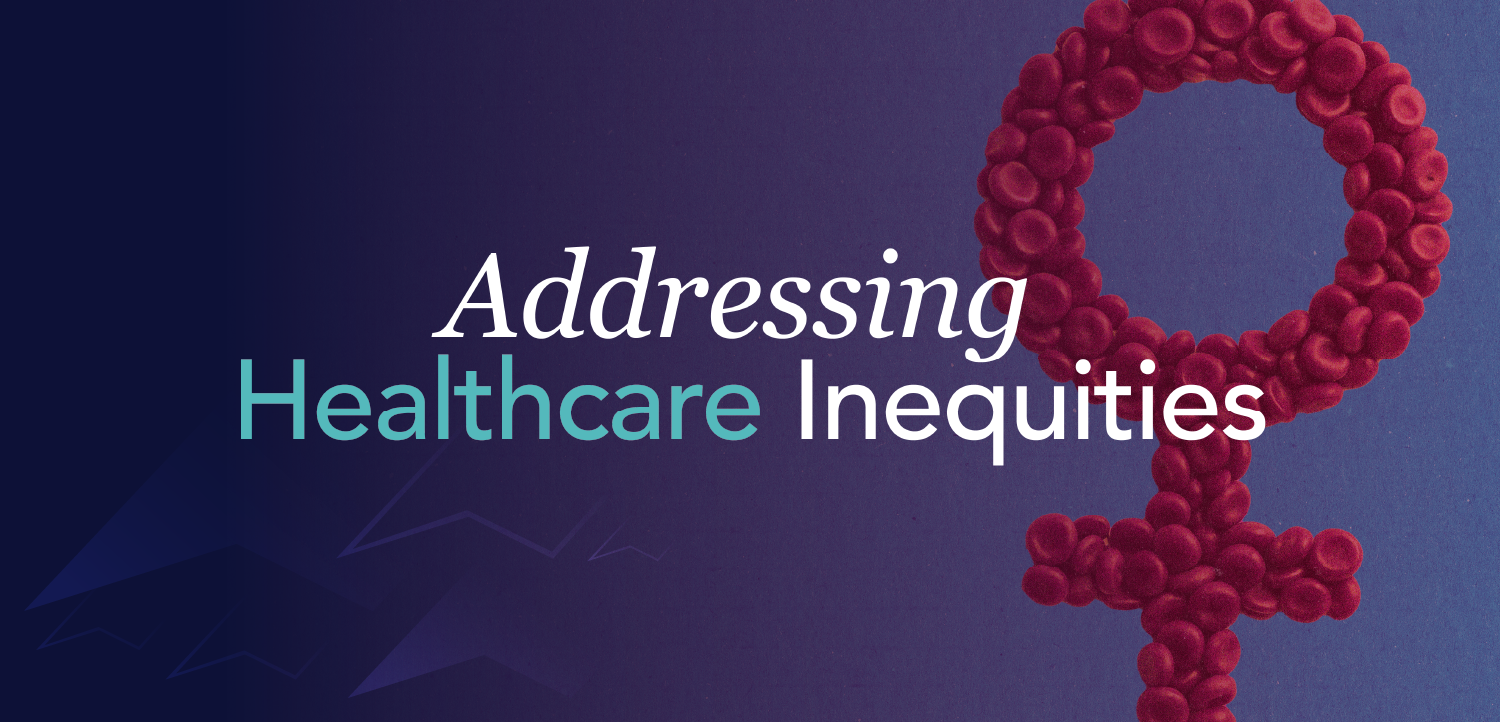
Preventing venous thromboembolism in patients requiring cesarean delivery
Intermittent compression devices seem appropriate for pregnant patients having a C section
No one questions the fact that pregnancy increases the risk of venous thromboembolic disease.1 In fact, pulmonary embolism (PE) was the leading cause of maternal mortality in the US during the 1990s, accounting for 20% of pregnancy-related deaths.2 In 2000 and 2001, this amounted to a maternal mortality rate of 1.1 per 100,000 deliveries.3 And VTE itself occurs in about one out of every 1,000 pregnant patients.4,5 Despite these numbers, there are still no specific data to help prevent VTE in the majority of pregnant patients; nearly all recommendations are extrapolated from non-pregnant populations.
Terms like low, moderate, and high risk are assigned to objective incidence rates in non-pregnant patients.6 For instance, a patient will be labeled low risk if she has minor surgery, is younger than 40, and has no other risk factors, while someone between the ages of 40 and 60 with a prior VTE is considered at high risk. While there is no such objective risk stratification in pregnancy, these terms have nonetheless been used in pregnancy.7
In nonpregnant patients, surgery is a significant risk factor for VTE, with rates ranging from 15% to 60% depending on the type of surgery when no form of prophylaxis is used, depending on the type of surgery.6
Is heparin the right choice in pregnancy?
Although research shows that heparin dramatically reduces the incidence of VTE in nonpregnant patients, rare but serious complications can occur, including significant bleeding and heparin-induced thrombocytopenia (HIT). The estimated incidence of severe bleeding has been reported to be approximately 1/1,000.9 Less severe bleeding that can lead to wound complications is more common. Heparin-induced thrombocytopenia occurs in approximately 1% of patients and appears to be less common in pregnant patients. When HIT occurs, 30% to 50% of patients will develop either a venous or an arterial thrombosis.10
Newsletter
Get the latest clinical updates, case studies, and expert commentary in obstetric and gynecologic care. Sign up now to stay informed.










